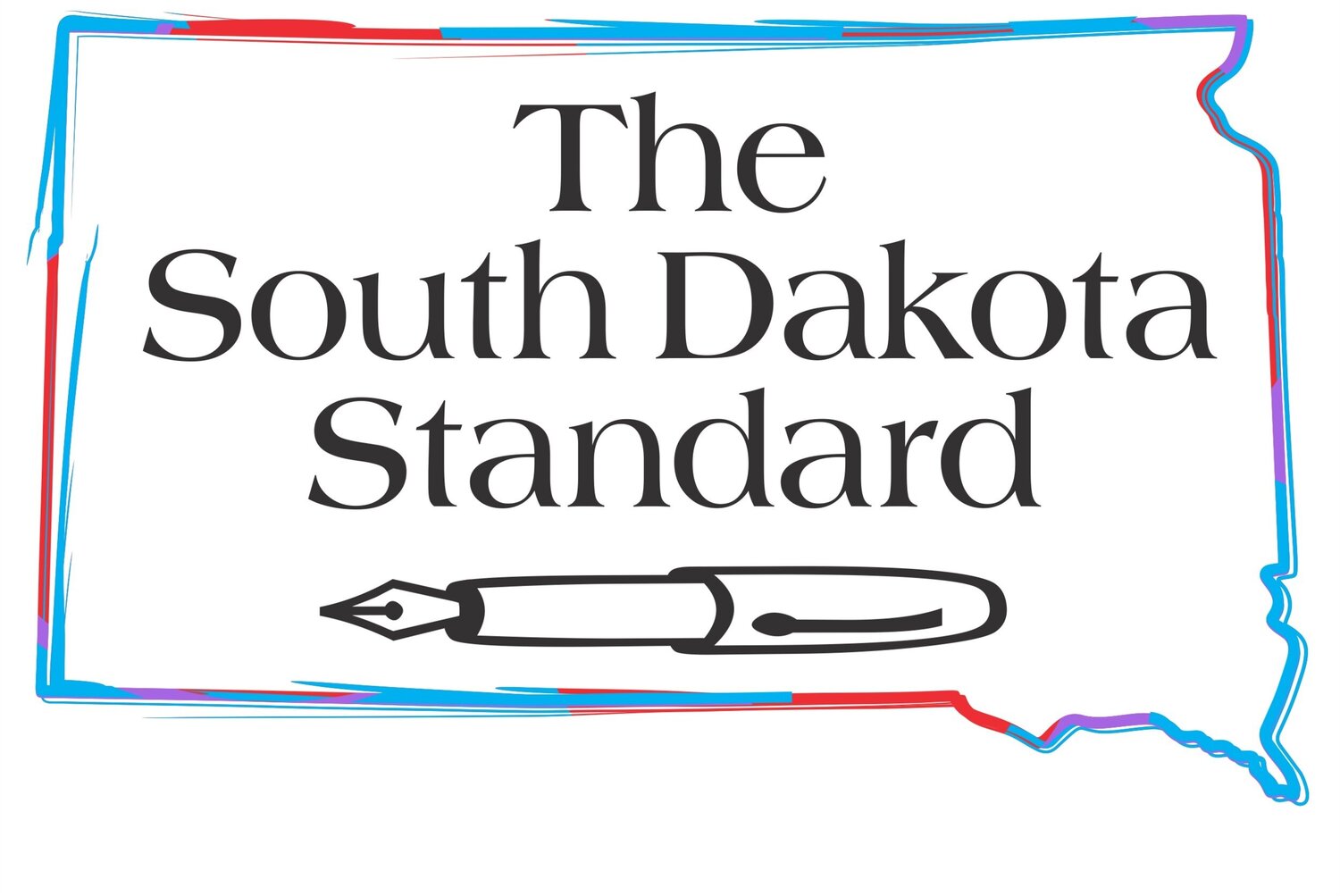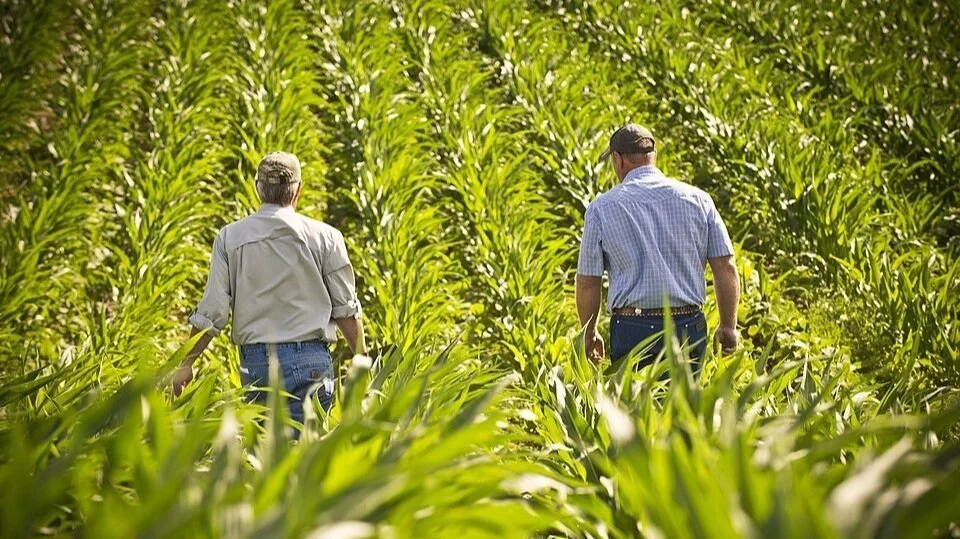Trump’s tariff plan doesn't look promising for farmers already stuck with low prices and foreign competition
Looking at longer term price charts for soybeans and corn, dating back to 2016 when Trump won his first term, it’s depressing indeed to see the stagnation in prices for American farmers who produce those crops. Why depressing? Because both crops are trading at about the same levels they were eight years ago, which is actually pretty awful when you adjust for inflation.
What’s more, the near-term future doesn’t look particularly promising now that President-elect Trump has announced his intentions to start imposing significant tariffs on goods imported from Canada, Mexico, and China. How those countries will respond if Trump follows through on his announcement is yet to be seen, but one thing for sure: the international grain trade has undergone some profound changes, and not for the better as far as American corn and soybean producers are concerned.
To be specific, the most telling development in all this is the way China has weaned itself away from American farm products since Trump’s first trade war. China isn’t as dependent on American grain supplies as it was eight years ago.
A Reuters analyst writes “in the years since [Trump’s trade war], the share of China's soybean imports from the U.S. - the top American export to China - has dropped to 18% in 2024 from 40% in 2016, according to Chinese customs data, as China has turned instead to imports from Brazil, which has also replaced the U.S. as China's top corn supplier.”
As I see it, the damage done to our farm sector is irreversible. The Kentucky Corn Growers Association agrees, saying last October of Trump’s initial trade war and its resulting development of alternate supply sources for China that “U.S. farmers have worked more than 40 years to establish and nurture their strong trade relationships with China” and that “while it took decades to fully develop trade with China, the trade war quickly reversed many years of efforts in ways that remain difficult to recover.”
As I say, I think the damage to our ag exporters is probably irreversible.
So how will Trump’s latest tariff-hiking program affect South Dakota’s corn and soybean farmers? Probably some, but now that the Chinese market is significantly smaller than it was eight years ago, already depressed prices will likely continue loping at their currently subdued levels.
USDA isn’t particularly sanguine about the outlook. On a national basis, the agency expects corn prices during the 2025-2026 marketing period to fall to an average of $3.90/bushel, about $2.60 less than they were in ‘22-’23. USDA expects soybeans to fall to an average of $10.00/bushel, which is down $4.20 from their peak in ‘22. For 2024, American Farm Bureau Federation, expects soybean receipts to “decline steeply” by 14.6%, and corn receipts to “plummet” by 20%. Due to global surpluses and consequently weaker market prices for grains and oilseeds, AFBF thinks overall farm income will be 23% lower than it was in 2022.
A University of Illinois study earlier this year shows that Brazilian soybean exports, which lagged American exports just 20 years ago now are at twice the level of American overseas sales. They began jumping ahead of American sales in 2016, the year that Trump was first elected, and leaped significantly in 2018 as Trump’s trade war accelerated. The University of Illinois provides data that show Brazilian soybean production has increased ninefold during the past 30 years.
South American farmers should be sending regular thank-you notes to Donald Trump, whose latest tariff threats are likely, if they follow suit, to increase China’s demand for farm products from suppliers outside the United States.
John Tsitrian is a businessman and writer from the Black Hills. He was a weekly columnist for the Rapid City Journal for 20 years. His articles and commentary have also appeared in The Los Angeles Times, The Denver Post and The Omaha World-Herald. Tsitrian served in the Marines for three years (1966-69), including a 13-month tour of duty as a radioman in Vietnam. Republish with permission.
Photo: public domain, wikimedia commons







